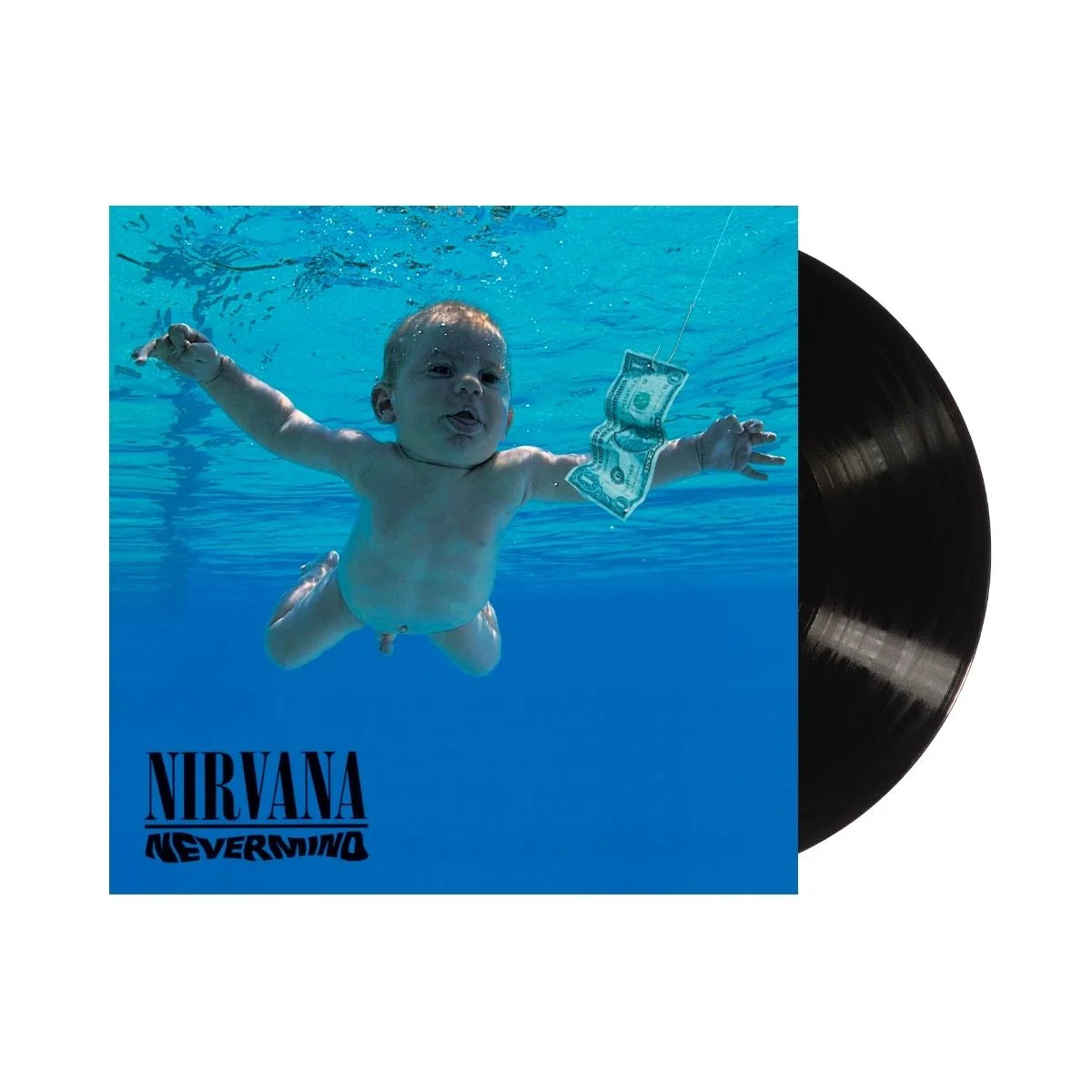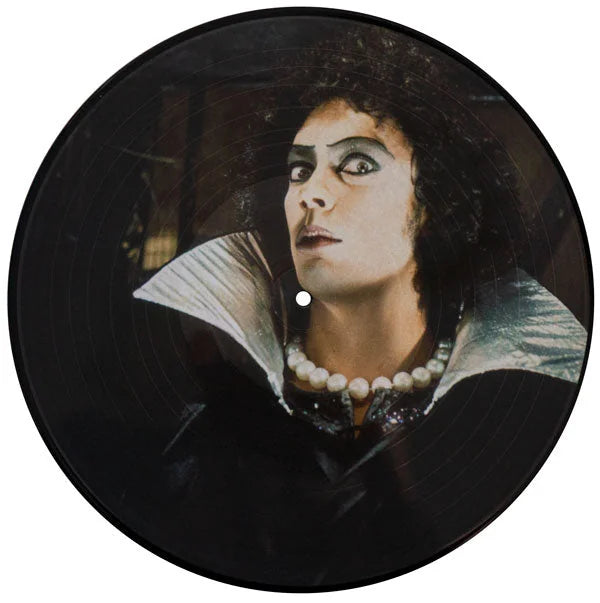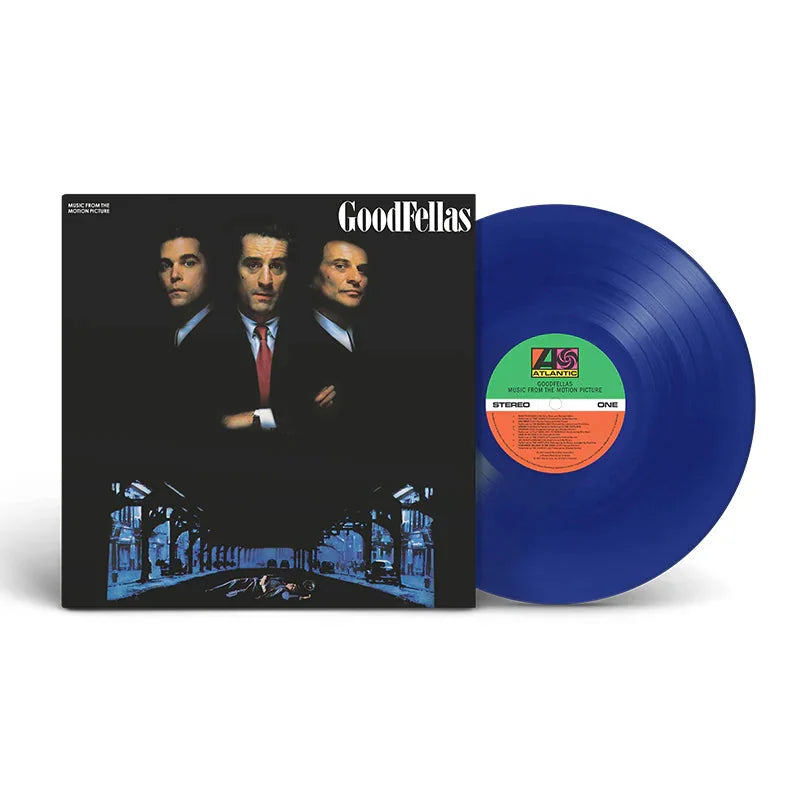Rare vinyl records have captivated collectors and music enthusiasts for decades, embodying both nostalgia and a tangible connection to musical history. Vinyl's enduring appeal lies in its warm, authentic sound and the physical experience of handling a record. For many, collecting rare vinyl records is more than a hobby—it’s an art form that combines a passion for music with the thrill of finding hidden treasures. Whether you're a seasoned collector or just starting your journey, understanding what makes certain records rare and valuable is essential.
What Makes a Vinyl Record Rare and Valuable
Artist, Pressing, and Edition
One of the most important factors that determine a vinyl record’s rarity is the artist behind the release. Records by highly influential or iconic musicians naturally command greater attention and value among collectors. However, the value isn’t solely tied to the artist’s fame. The specific pressing of the record also plays a crucial role. First pressings, made from the original master recordings, are often seen as the most desirable since they capture the music in its purest form and are produced in limited numbers. Over time, subsequent pressings tend to increase in number, diminishing the record's scarcity and often its value. Identifying whether a record is a first edition or an early pressing can significantly influence its collectability.

Condition and Rarity Factors
Collectors and enthusiasts alike consider a variety of elements—from technical grading systems to broader market dynamics—in order to ascertain a record's true value. The following points provide an in-depth examination of the factors related to condition and rarity:.
Grading System: This intricate system evaluates various physical attributes such as scratches, warping, and the condition of the label, with each factor contributing to an overall grade that ultimately influences market value. In essence, grading is a form of standardized quality control where even the minutest blemish or imperfection can drastically alter the perceived worth of a record. Collectors often use a scale that ranges from mint, near-mint, and very good plus, down to good or poor conditions, each term describing the state of the record with a high degree of precision. An exemplary mint record, devoid of noticeable defects, represents the pinnacle of collectibility, whereas records with slight imperfections might only be considered near-mint or excellent-plus. This system is not merely a subjective opinion but is based on years of accumulated expertise and collective standards within the community. Specialized guides, published by industry experts, detail the criteria used in grading and serve as a reference for enthusiasts when assessing rare finds. The grading system also considers historical factors, such as the evolution of record manufacturing processes and the materials used, which can affect how a record withstands the test of time. Consequently, a record that once might have been produced under less stringent quality controls may exhibit more wear and tear compared to modern pressings, even when stored under similar conditions.
Physical Condition: Records in pristine condition, which show minimal signs of use or wear, are highly prized by collectors who value both their aesthetic and acoustic properties. The examination of the physical condition goes well beyond a cursory glance; it involves a meticulous inspection of the grooves, labels, and cover art. Imperfections such as scratches, scuffs, or minor warping can disrupt the audio experience, leading to pops or skips during playback. Even seemingly insignificant marks might detract from a record's visual appeal, reducing its desirability among collectors. Over the decades, various preservation techniques have evolved, with some collectors employing specialized storage methods, protective sleeves, and controlled environments to maintain the physical integrity of their collections. Also, the history of handling—whether a record has been passed down through generations or frequently played by an enthusiastic audiophile—can provide context to its physical state. A well-preserved record that has been rarely played or stored under optimal conditions might command a premium price, even if it originates from a less renowned artist or an obscure release. Conversely, a record that exhibits noticeable wear or damage may still hold sentimental or historical value but is typically appraised at a lower monetary figure. The relationship between physical condition and record value is also evident in some enthusiasts' rehabilitation practices; cleaning, re-sleeving, and proper restoration can sometimes enhance the record’s appearance and sound quality, albeit within limits defined by authenticity standards. This intricate interplay between wear and preservation highlights the importance of detailed physical assessments in establishing a record’s market price. The meticulous nature of this evaluation ensures that every physical imperfection is accounted for, which protects the investment of collectors willing to pay a premium for flawless editions.
Limited Print Runs: When a record is produced in a small number of copies, the scarcity naturally elevates its desirability among collectors and aficionados who are constantly on the lookout for rare pieces. The concept of limited print runs is intricately linked to the artistic and commercial decisions made by the recording label or artist. Often, these decisions are influenced by factors such as the anticipated niche appeal of the music, the budget for production, or even a deliberate strategy to create a collectible item that increases in value over time. This scarcity means that even if the musical quality of the record is not necessarily groundbreaking, its limited availability can transform it into a coveted artifact in the eyes of collectors. Limited print runs often feature unique design elements, such as special edition packaging, colored vinyl, or hand-numbered labels, further augmenting their appeal. These unique characteristics add layers of exclusivity that cannot be easily replicated in mass-produced items, making each copy a unique treasure. The allure of owning a piece that only a select few can have creates a strong psychological impact on the market, where scarcity often breeds demand. Collectors not only seek these records for their sonic qualities but also for the prestige that comes with owning something that is rare and historically significant. As time passes, the original copies from a limited print run become even more coveted, especially if the artist's legacy grows or if the record gains cultural significance. A blend of nostalgia, historical importance, and the sheer rarity of the item drives this phenomenon.
Out-of-Print Releases: No longer in production, these records carry an aura of exclusivity as they encapsulate moments in musical history that have since evolved or faded into obscurity. Their value is derived from their rarity and the cultural and historical significance they embody. Many collectors treasure out-of-print records for their ability to transport listeners back to a time when music was a more physical, tactile experience, reflecting the craftsmanship and production values of a different era. The absence of new pressings creates an unending demand among enthusiasts who are eager to capture a piece of that historical context. As records age and production stops, the remaining copies become finite artifacts that can never be replaced once lost. This scarcity amplifies their worth, as each record becomes a limited portal into the past. Additionally, out-of-print releases often include unique packaging details and liner notes that offer insights into the recording process, the artist's creative journey, and the cultural atmosphere of the period. Such details, lost in modern mass production, add an extra layer of desirability to these releases. As digital media becomes more prevalent, the tactile and analog experience of vinyl record collections is celebrated by purists and collectors alike, further driving the allure of these out-of-print gems. The investment potential of out-of-print records also makes them a favored choice for collectors who view them as both cultural treasures and financial assets.
Market Scarcity: Even records that were once produced in large quantities can fall into the category of scarce items if only a fraction survives in pristine condition over the years. This paradox arises when the physical integrity of the majority of copies degrades, leaving only a limited number of records in optimal condition available to collectors. The market for vinyl records is inherently dynamic, driven by trends, cultural shifts, and the evolving tastes of collectors. As certain genres or artists experience a resurgence of popularity, previously abundant records can suddenly become rare commodities. The phenomenon of market scarcity is further intensified by the practices of record preservation, where collectors and vintage enthusiasts go to great lengths to safeguard their collections from the ravages of time. Proper storage, minimal handling, and controlled environmental conditions help preserve the quality of records, thereby reducing the number of copies that suffer from degradation. In addition, events such as natural disasters, accidents in storage facilities, or even the gradual effects of time can contribute to the dwindling numbers of available records in top-notch condition. This interplay between initial production volume and subsequent preservation creates a situation where market scarcity becomes a critical determinant of a record's value. Furthermore, as collectors increasingly prioritize rarity over mere musical content, the scarcity factor becomes a key indicator of a record's investment potential. In many cases, the scarcity of a record also reflects the cultural moment it represents—a snapshot of a specific era that cannot be replicated.
These factors make collecting high-quality vinyl a rewarding hobby for passionate and knowledgeable collectors.
Unique Features and Limited Editions
Limited-edition releases, which might include exclusive artwork, colored vinyl, or hand-numbered copies, are especially coveted. These special attributes set the record apart visually and add a story and a tangible connection to the artist or era, making them more desirable among collectors. Additionally, promotional copies, autographed records, and test pressings are often considered the holy grail in vinyl collecting. Such editions are produced in very small quantities, sometimes due to decisions made during the production process that resulted in a unique album version. These distinctive releases capture a moment in time and offer an element of exclusivity that can elevate the record’s value exponentially.

Overview of Collectible Music Albums
Exploring the Spectrum of Collectible Releases
Rare vinyl albums span a wide spectrum, from vintage LPs that capture the spirit of bygone eras to limited-edition releases carefully curated for modern collectors. These albums reflect the music industry's rich history and embody the evolving tastes and cultural significance of the artists behind them. From iconic records by legendary musicians to obscure pressings that are hard to come by, each collectible album carries its unique story and intrinsic value.
Historical Significance and Cultural Impact
Many limited-edition vinyl records are valued for their historical significance as much as their rarity. Albums released during the golden eras of music—the '50s, '60s, and 70s—often evoke a sense of nostalgia and represent milestones in musical evolution. These records capture their time's raw energy and innovative spirit, making them coveted by collectors and music enthusiasts. Also, some collectible albums serve as cultural artifacts that offer insights into the social and political context of their era. This connection to the past enhances their monetary value and enriches the experience of owning a piece of music history.
Curating a Personal Collection
For many collectors, the process of curating a collection is about more than just acquiring rare albums—it’s about preserving a legacy of musical expression. Collectors often seek out albums that appreciate value and tell a story about the artist or the period in which they were released. This thoughtful curation process involves researching pressing details, verifying authenticity, and carefully assessing the condition of each record. In doing so, collectors create a personal archive that is as much about the love of music as it is about investment.
The Market for Collectible Vinyl Records
Trends in Collectible Vinyl Record Sales
Several factors, including the resurgence of vinyl in popular culture and the growing interest in analog sound quality, influence market trends for vintage vinyl records. Over recent years, there has been a noticeable increase in collectors and enthusiasts actively buying and selling rare vinyl, which has led to higher auction prices and more competitive secondary markets. Record fairs, online marketplaces, and specialized auction houses have all contributed to a dynamic sales environment where even lesser-known titles can sometimes yield unexpected value.
How Market Demand Influences Value
Market demand is further influenced by shifts in the music industry, trends in collecting, and the overall economic environment. This complex interplay means that while some records consistently hold their value over time, others may appreciate rapidly, offering both sentimental and financial rewards to savvy collectors.
Best Places to Buy Vinyl
Record Stores and Specialty Shops
These brick-and-mortar establishments often carry curated selections that have been carefully vetted by knowledgeable staff. In many cases, these shops offer expert advice and detailed information about the provenance, pressing, and condition of the records they sell. Shopping in a physical store allows collectors to inspect the vinyl firsthand and negotiate directly with sellers, which can be particularly beneficial when seeking out limited-edition releases or rare pressings.
Online Marketplaces and Auctions
Online marketplaces and auction sites have transformed the way collectors buy rare vinyl records. Platforms like Vinyl.com and specialized vinyl auction sites provide access to a vast global network of sellers, often offering a wide range of rare and vintage albums. These digital venues allow buyers to compare prices, read reviews, and verify the authenticity of records through detailed listings and seller feedback. While online shopping offers convenience and a broader selection, it also requires scrutiny of the seller’s reputation and the condition details provided in the listing.
Record Fairs and Estate Sales
One of the most exciting aspects for enthusiasts is the opportunity to visit record fairs and estate sales, where the physicality of browsing, negotiating, and connecting with fellow collectors creates an atmosphere that digital transactions cannot match. These events offer access to a wide range of rare and common albums and enrich the collecting experience through personal interactions and the excitement of unexpected finds. Below are several key benefits:
Large Selection – The sheer diversity available at these events often means that collectors can find everything from mainstream hits to obscure pressings, all under one roof. Attendees have the advantage of comparing multiple copies side by side, which can help them identify subtle differences in pressing quality, artwork, and condition. In many cases, vendors at these events have spent years curating their collections, ensuring that the selection is extensive and high quality. The competitive pricing is another significant benefit, as the environment often fosters a culture of negotiation and fair trade, enabling buyers to acquire records at prices that are typically lower than those found in specialty shops or online markets. Moreover, the opportunity to physically inspect each item allows for a level of scrutiny that is impossible when browsing digital images, ensuring that a close examination of wear, pressing anomalies, and overall condition informs the purchase. This combination of variety, quality, and value makes record fairs and estate sales an unmatched venue for serious collectors, encouraging both seasoned veterans and newcomers to expand their collections with confidence and excitement.
Estate Sale Treasures – Unlike record fairs, which often feature individual vendors, estate sales typically showcase the lifelong passion of an individual or family, presenting a curated selection that reflects personal taste, historical context, and a deep appreciation for music. These collections can be particularly valuable as they often include records that have been carefully preserved, sometimes spanning a wide array of genres, eras, and pressing variations. For the discerning collector, estate sales are not just about finding one rare album; they are about uncovering a coherent narrative of musical history that has been maintained with care over the years. The comprehensive nature of these collections means that buyers can often secure multiple records in one visit, providing an opportunity to enhance their library substantially. The process of sifting through these collections also allows buyers to engage directly with the history of the items, learning about the stories behind the records and the personal significance they once held. This immersive experience adds a profound layer of satisfaction to the purchase, transforming a simple transaction into an opportunity to preserve a piece of cultural heritage. The potential for unearthing rare and valuable records makes estate sales an essential destination for serious collectors looking to invest in timeless musical artifacts.
Hands-On Experience – At these events, buyers are afforded the unique opportunity to physically handle each record, scrutinizing its condition with a level of detail that online listings simply cannot offer. Inspecting a vinyl record in person allows one to assess nuances such as groove clarity, surface noise, and any minute imperfections that might affect playback quality. This direct examination is critical for ensuring that the record meets the buyer’s expectations, as the visual and tactile cues often reveal more than a photograph ever could. The ability to examine records firsthand allows collectors to verify the authenticity and pressings of an album, providing reassurance that the item is genuine and correctly cataloged. The interactive nature of these events also encourages a more informed purchase, as buyers can ask questions, request demonstrations, and even negotiate terms based on their in-depth observations.
Record fairs and estate sales are more than just places to buy music; they are immersive experiences that celebrate vinyl collecting. They offer a vast selection, a vibrant community, exclusive finds, and an unmatched hands-on expertise, keeping the passion for analog sound alive in a digital world.
How to Store Vinyl Records Properly
Best Practices for Vinyl Record Storage
High temperatures and humidity can cause records to warp and degrade over time. It is best to store them vertically, like books on a shelf, to prevent pressure damage and bending. Always handle your records by the edges to avoid fingerprints and smudges on the grooves. Consistent organization—whether by genre, artist, or release date—also helps in managing your collection and preventing accidental damage during retrieval.
Protecting Your Collection from Damage
Avoid stacking records flat, as this can lead to pressure marks and potential vinyl cracking. Regular cleaning is also essential; a soft brush or specialized cleaning solution can remove dust without harming the delicate grooves. Consider using acid-free inner sleeves and high-quality outer sleeves designed explicitly for vinyl storage. Record crates and storage boxes with sturdy, non-abrasive interiors provide organization and protection during transport or long-term storage. Adjustable shelving or dedicated record racks can help maintain an upright position and minimize contact between records, reducing the risk of scratches.

A blend of passion, history, and expert craftsmanship defines the intricate world of valuable vinyl records. Collectors acquire tangible pieces of music history and preserve cultural narratives that span generations. The thrill of finding exclusive gems, whether through record fairs, estate sales, or careful online searches, fuels an enduring commitment to this art form. As the market evolves, so does the appreciation for the physical experience of vinyl, which continues to enchant enthusiasts with its warmth and authenticity.
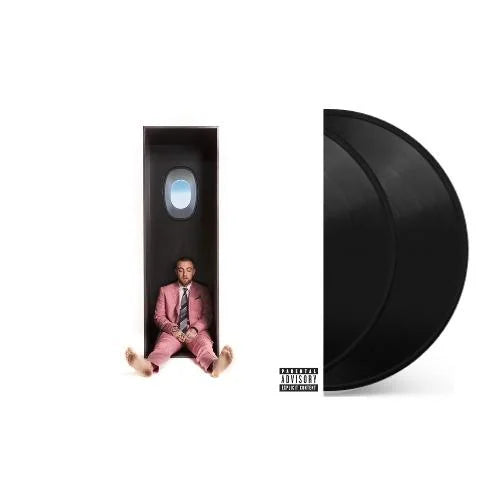
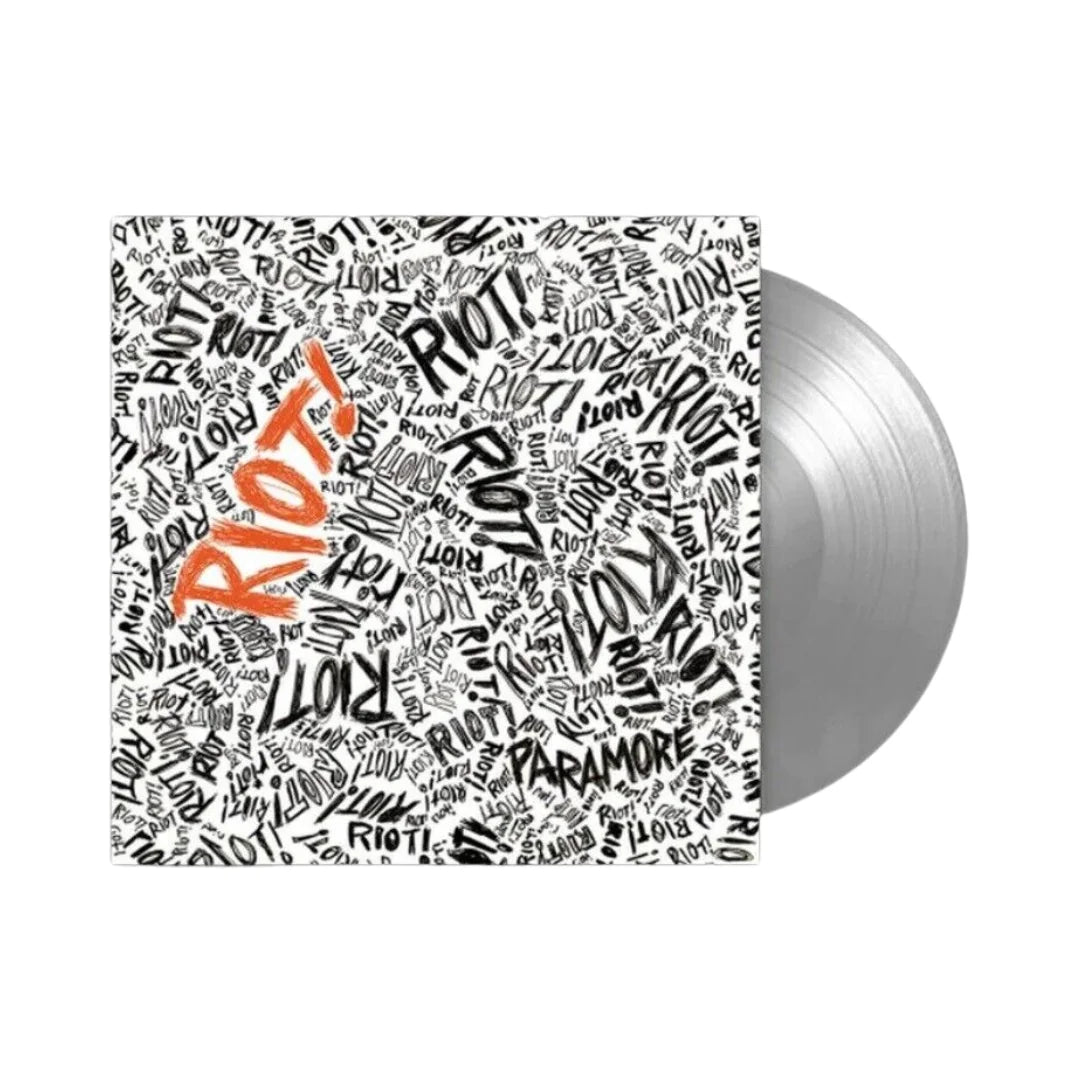
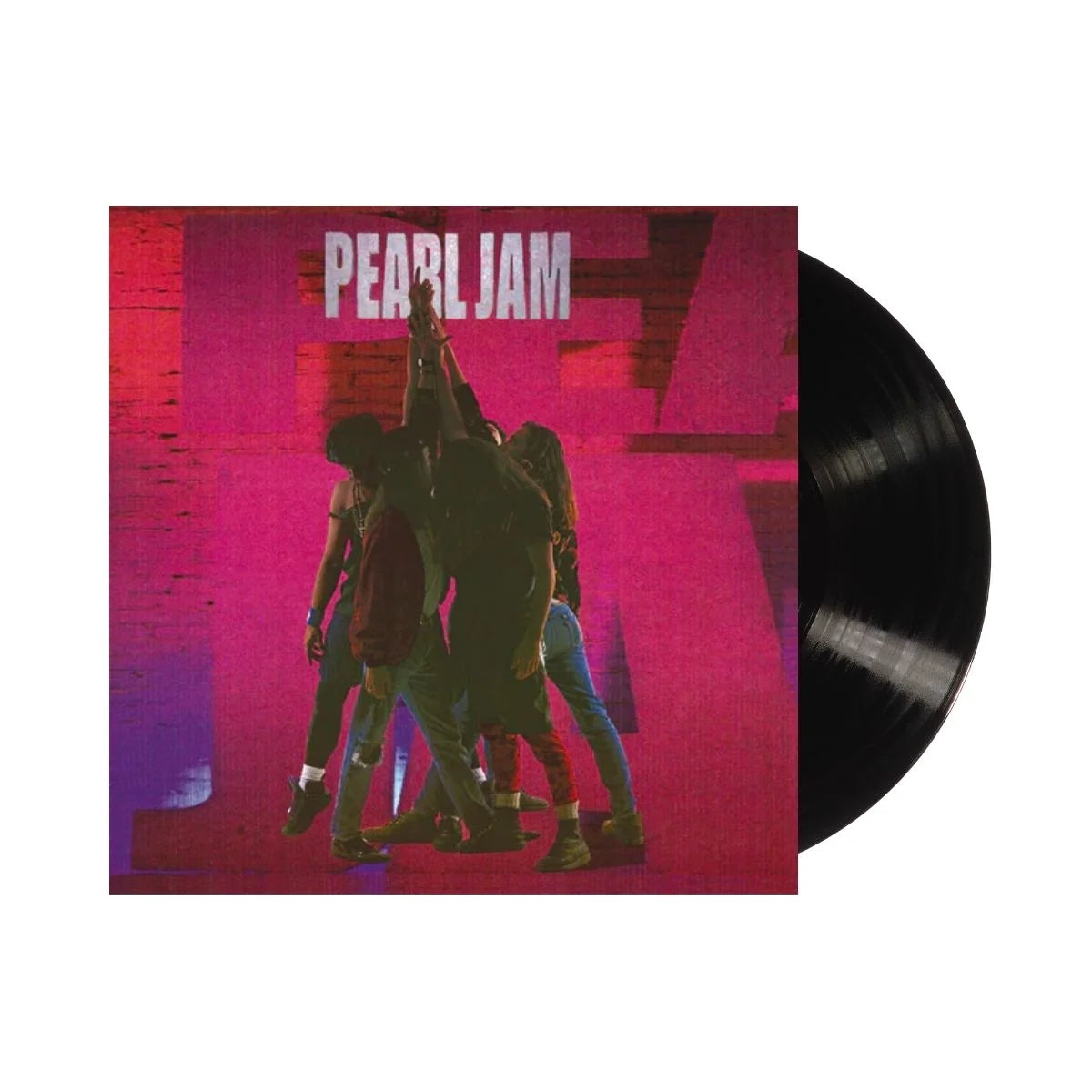

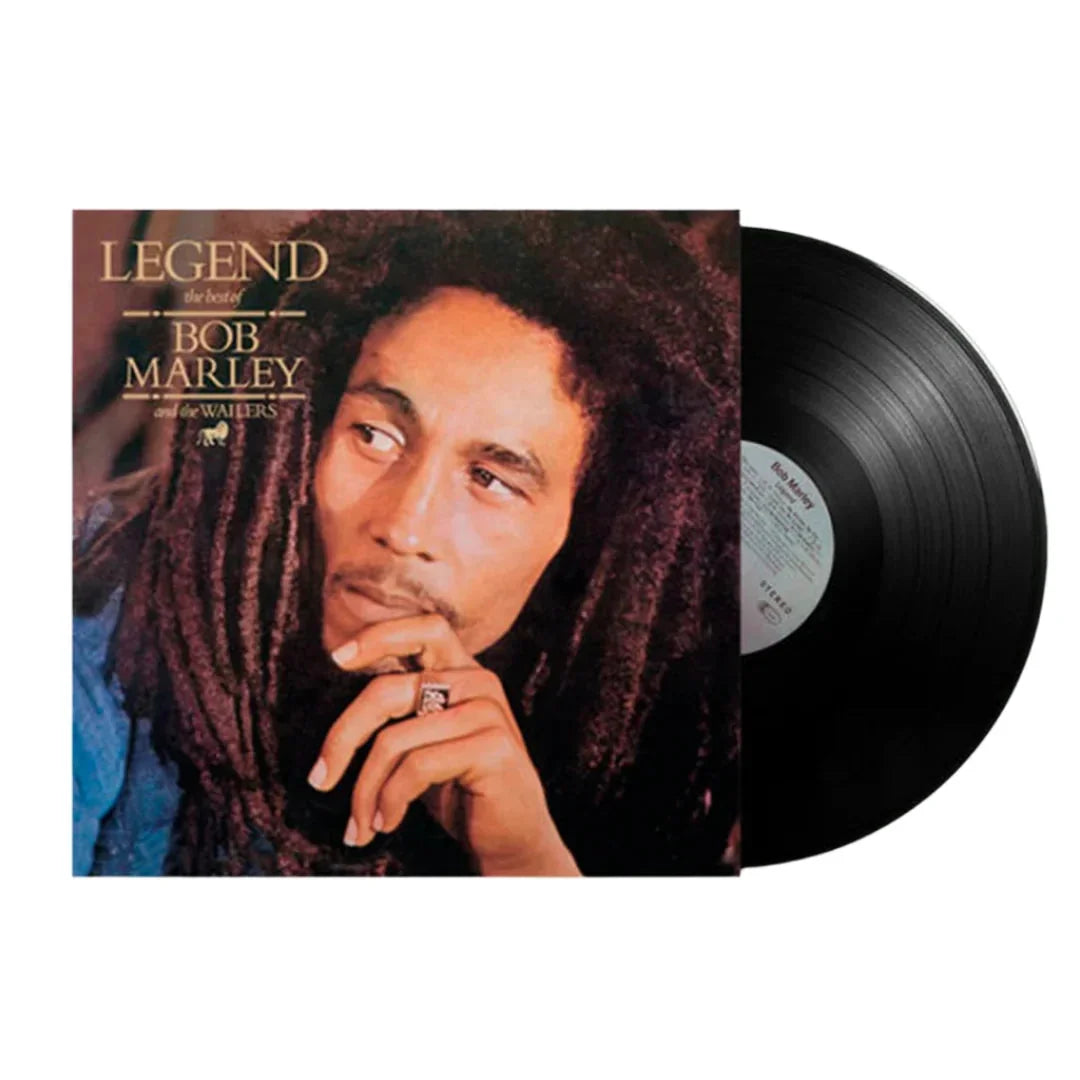
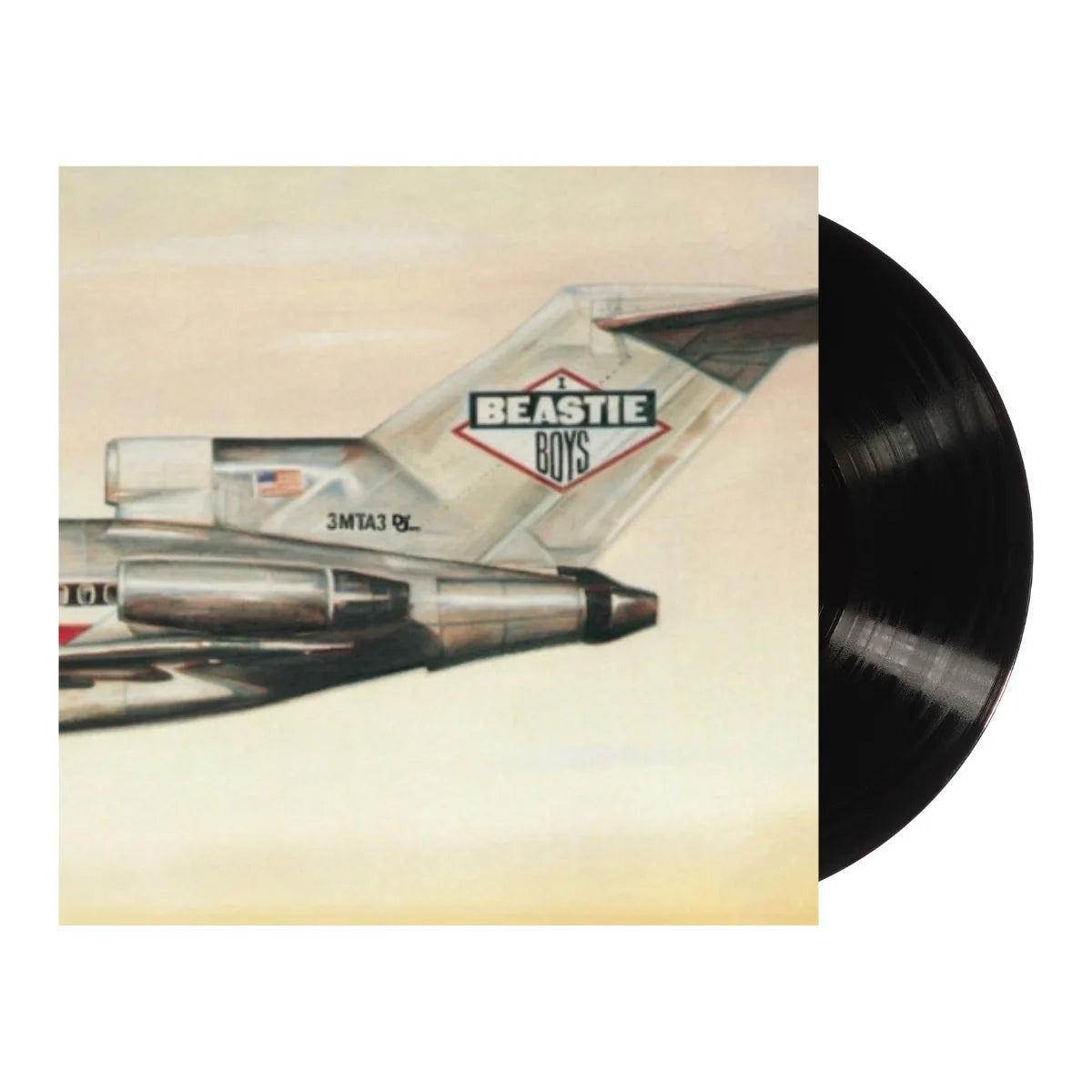
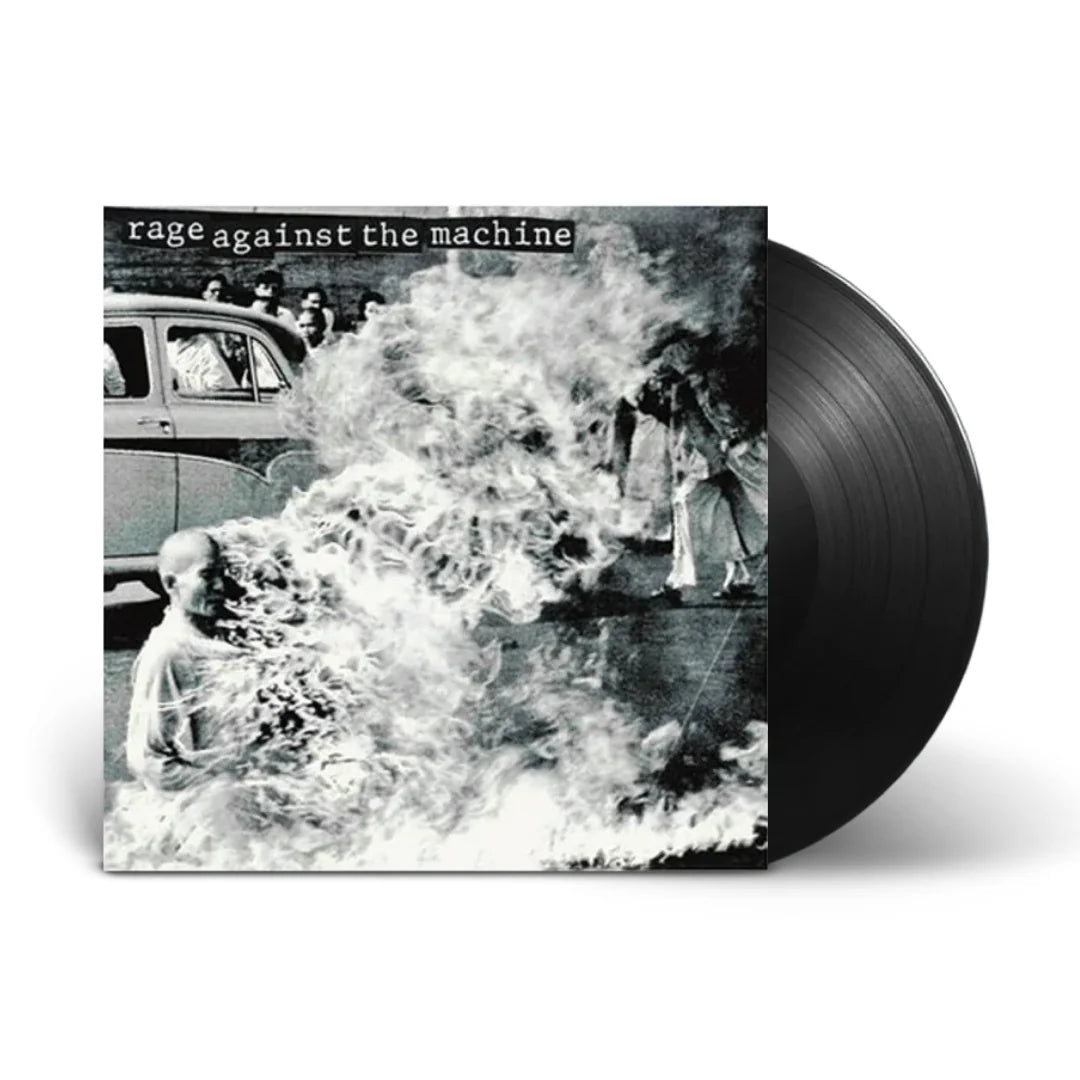
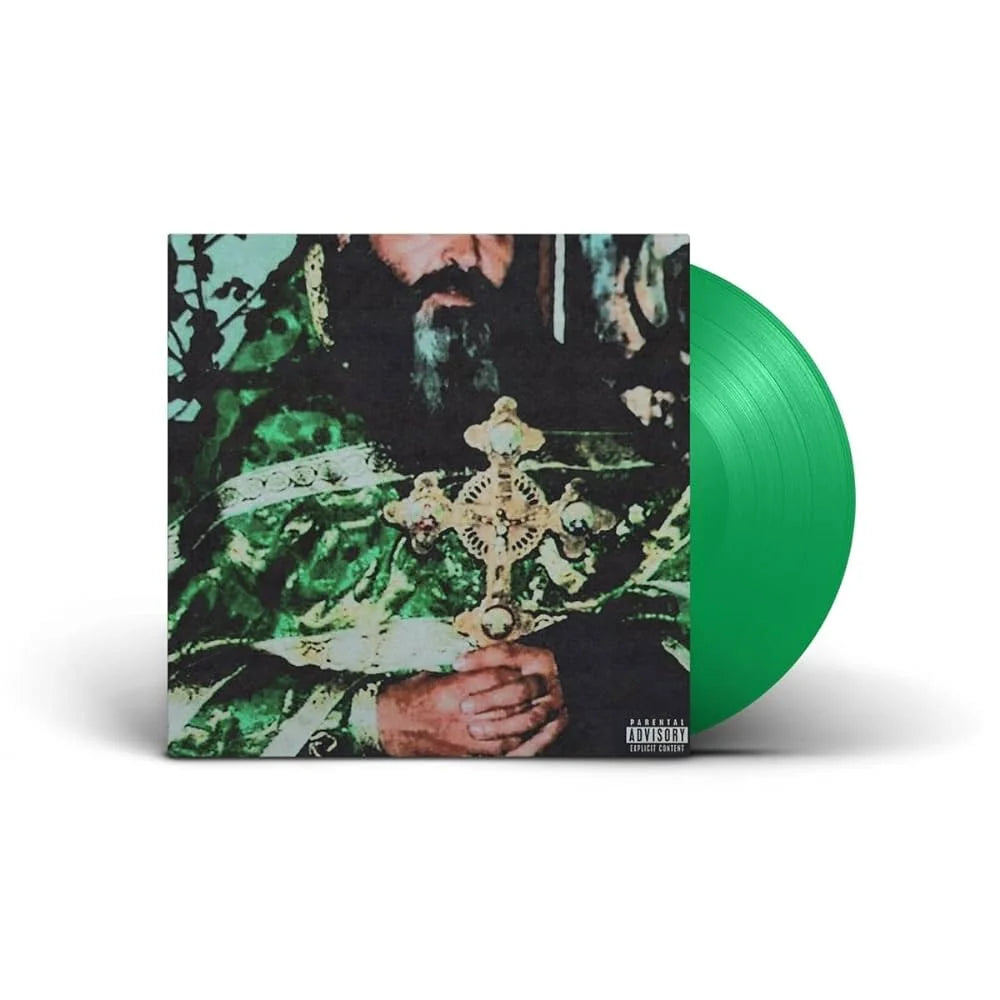
![(hed) p.e. - New And Improved [Pink]](http://vinyl.com/cdn/shop/files/4425252-3389420.jpg?v=1746578880&width=5760)
![1 Locate S - Wicked Jaw [Sky Blue]](http://vinyl.com/cdn/shop/files/4217742-2982879.jpg?v=1693273095&width=5760)






![The Grateful Dead - The Music Never Stopped [6LP Box Set]](http://vinyl.com/cdn/shop/files/The_Grateful_Dead-The_Music_Never_Stopped__6LP_Box_Set.jpg?v=1747729623&width=5760)

![Fleetwood Mac - Fleetwood Mac 1975 To 1987 [Clear 6LP Box Set]](http://vinyl.com/cdn/shop/files/2RHILP81833__61378.jpg?v=1743391443&width=5760)

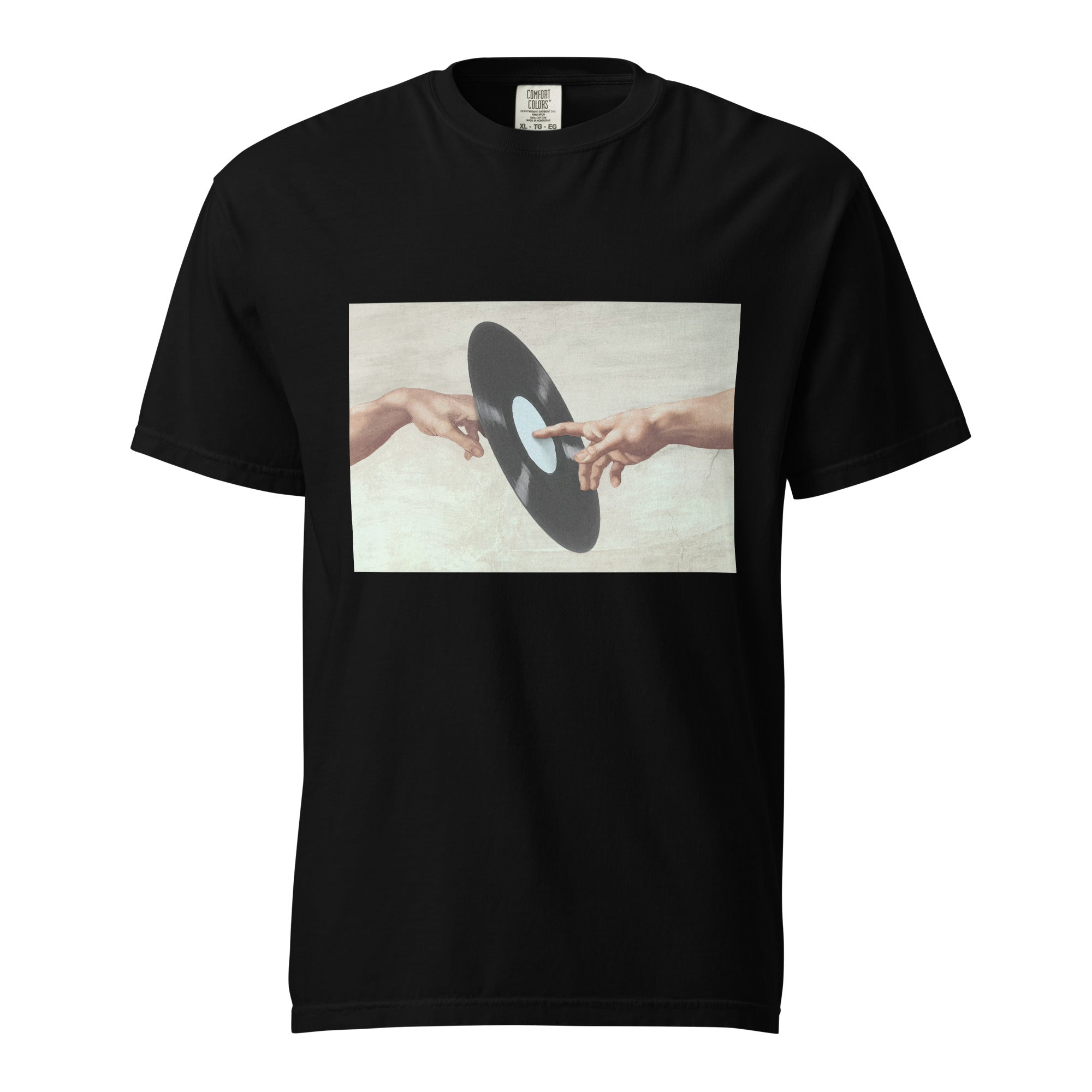
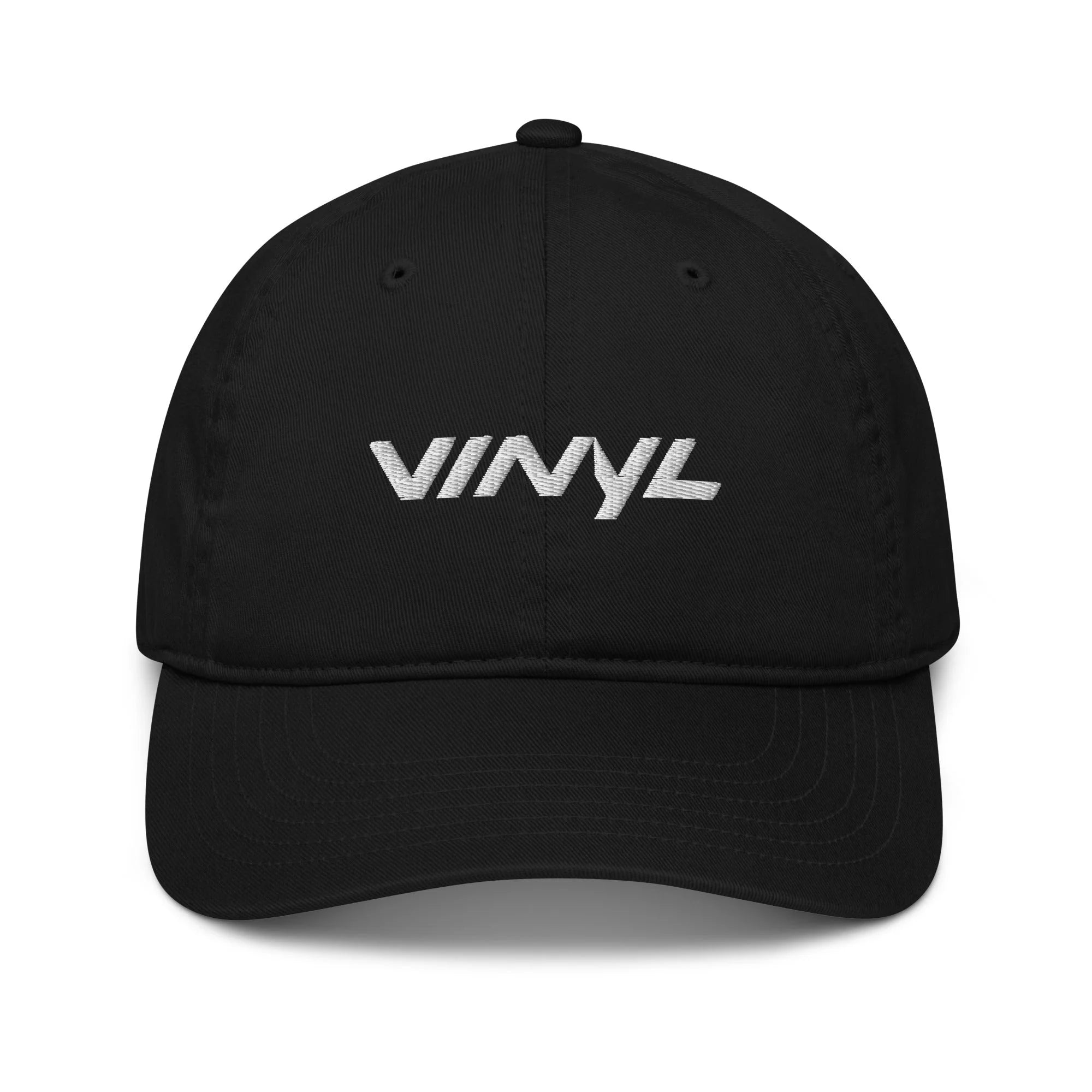
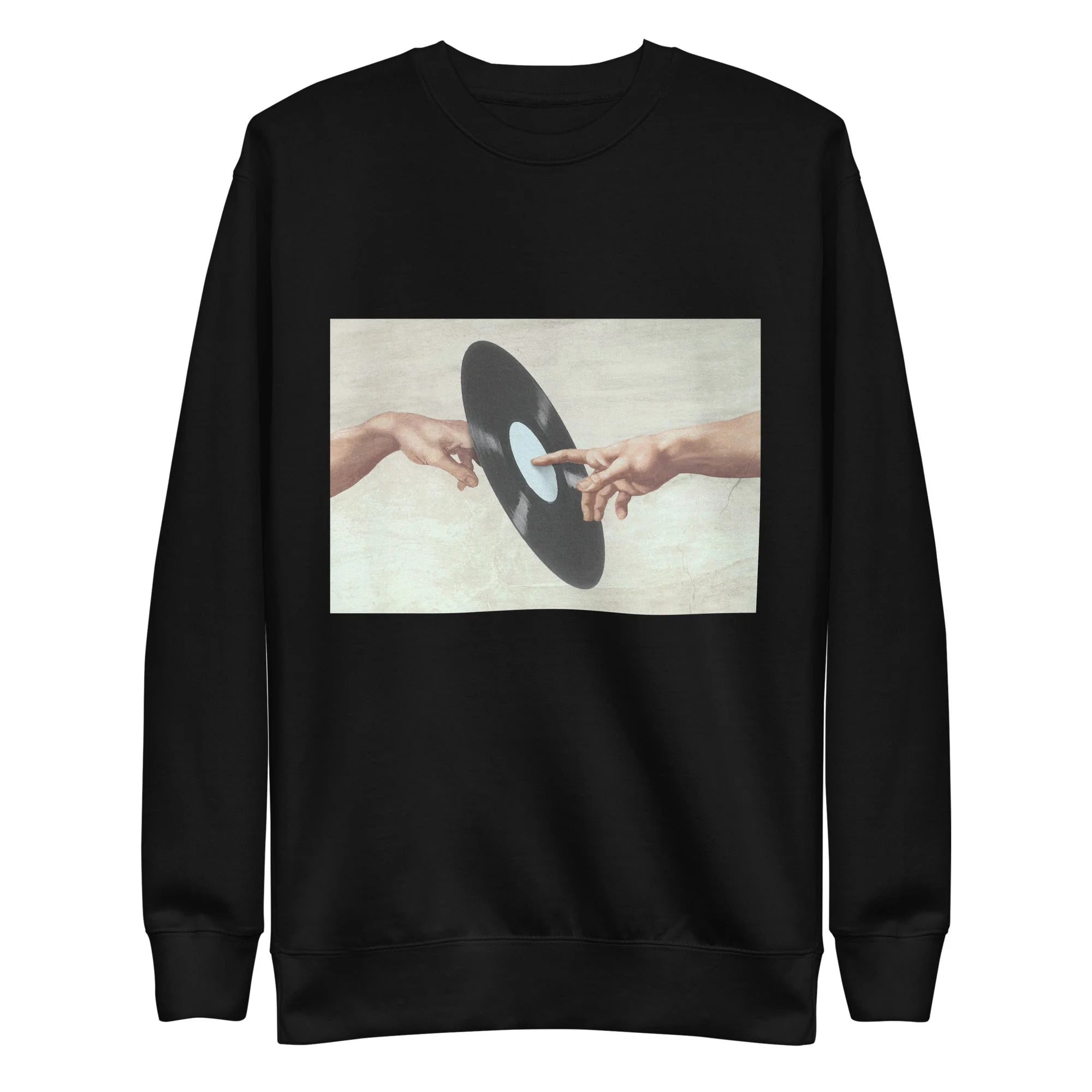
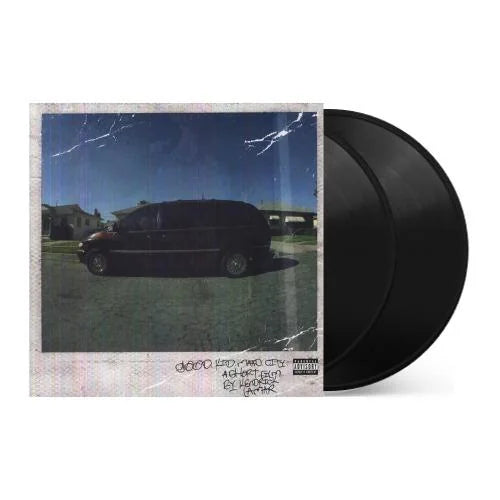
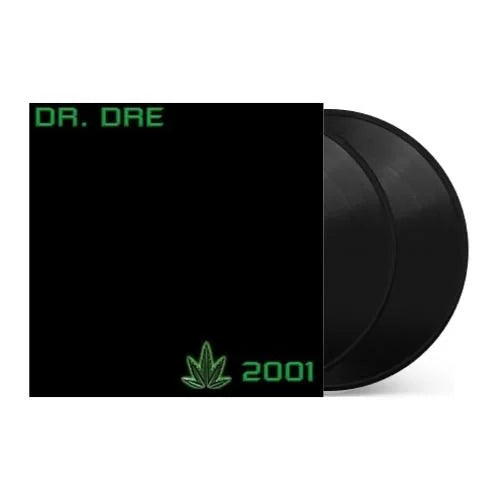
![Taylor Swift - 1989 (Taylor's Version) [2LP Crystal Skies Blue]](http://vinyl.com/cdn/shop/files/taylor_swift_1989_taylors_version.jpg?v=1734389117&width=5760)
![Taylor Swift - folklore [Beige 2LP]](http://vinyl.com/cdn/shop/files/477929-Product-0-I-637317959467683009_grande_a6f82db0-1cb7-45c5-8892-ed79af261e80.webp?v=1736750683&width=5760)
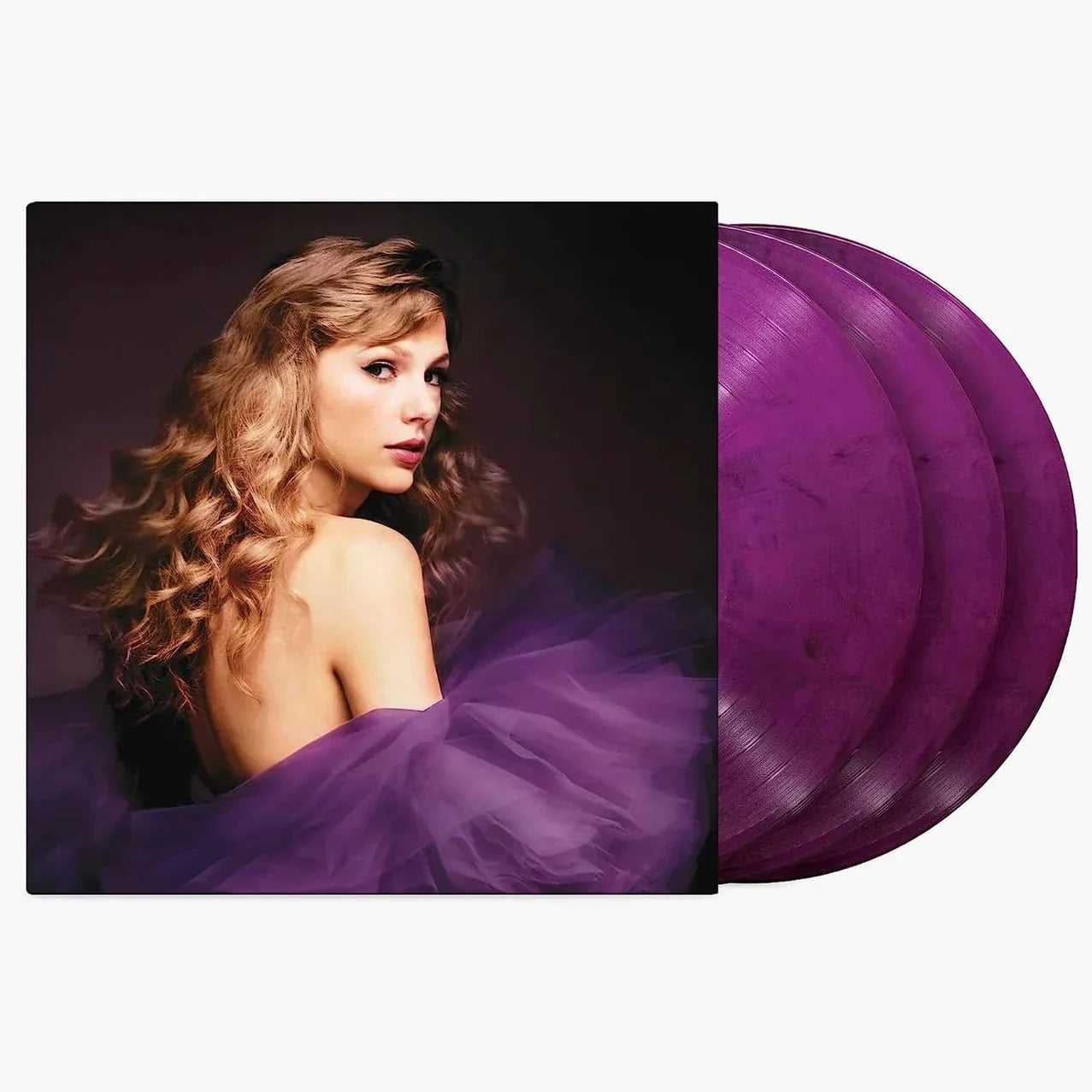
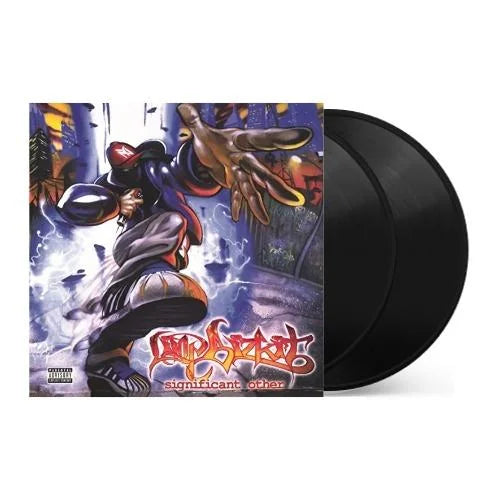
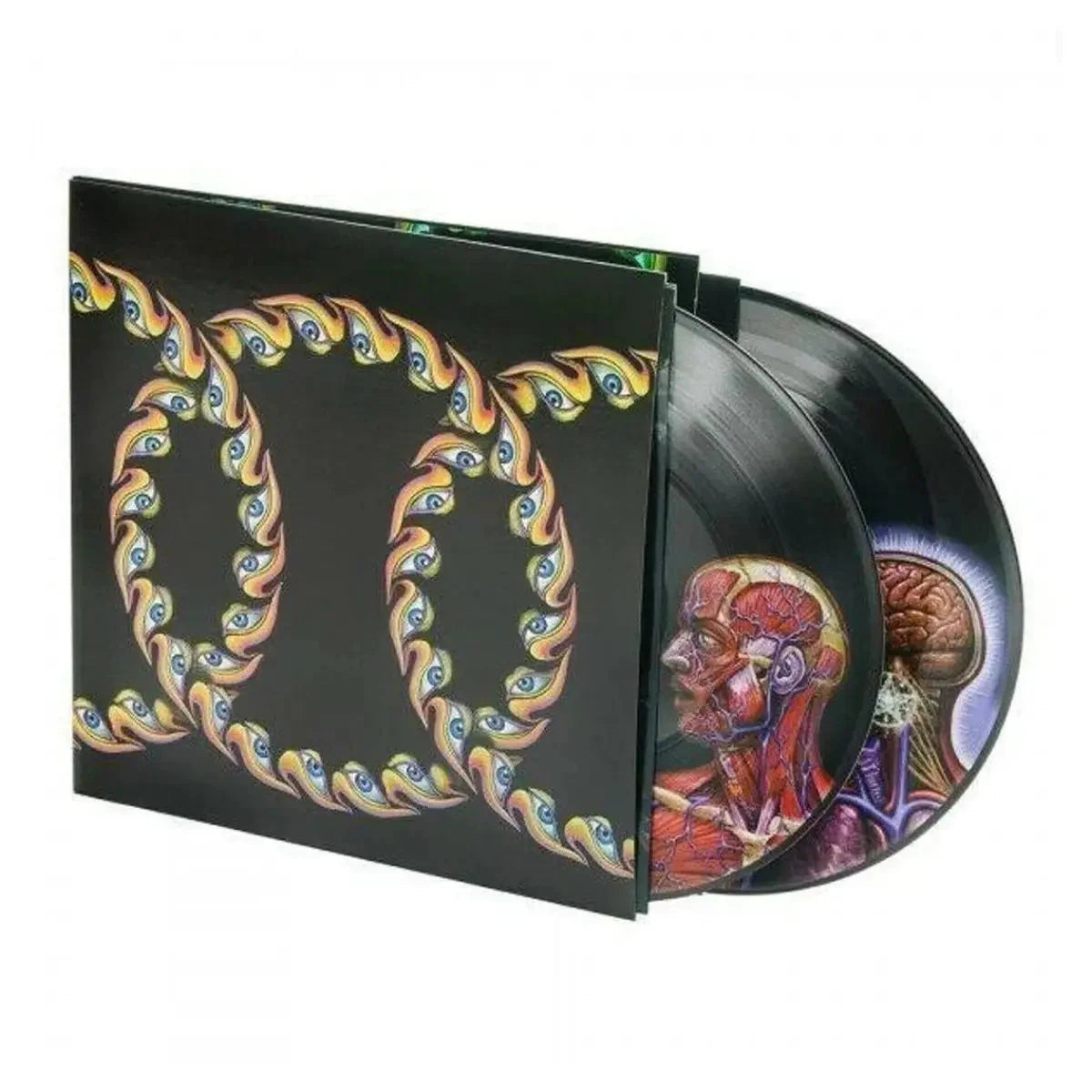
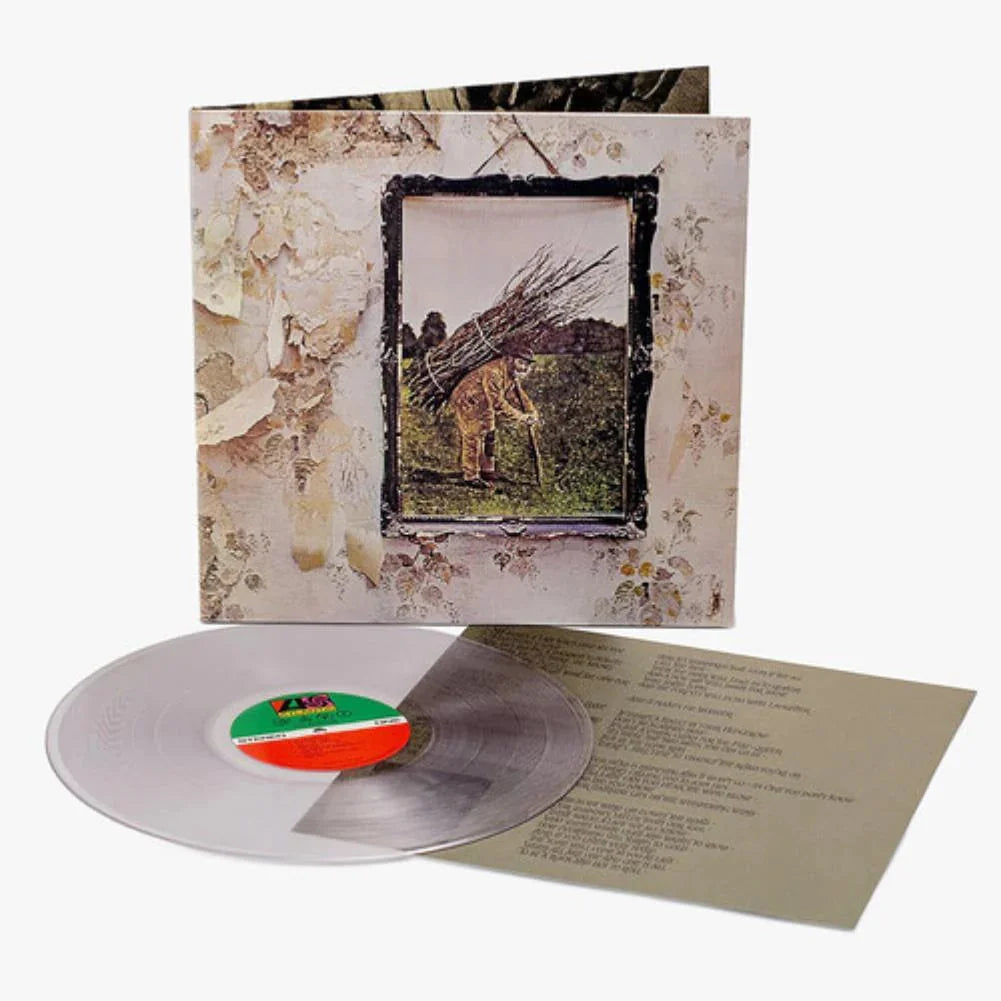
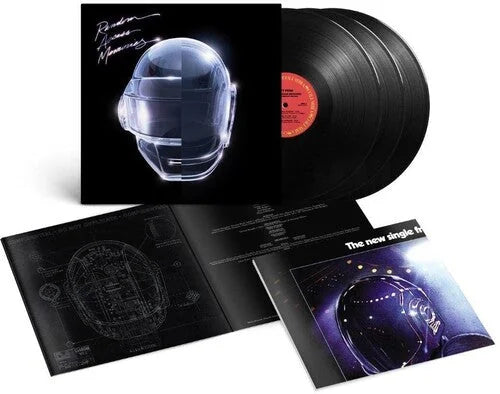
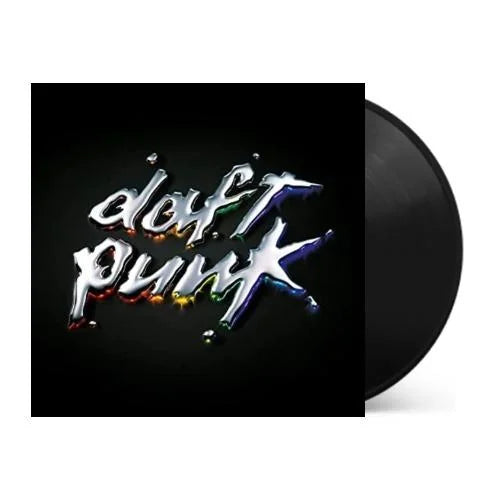
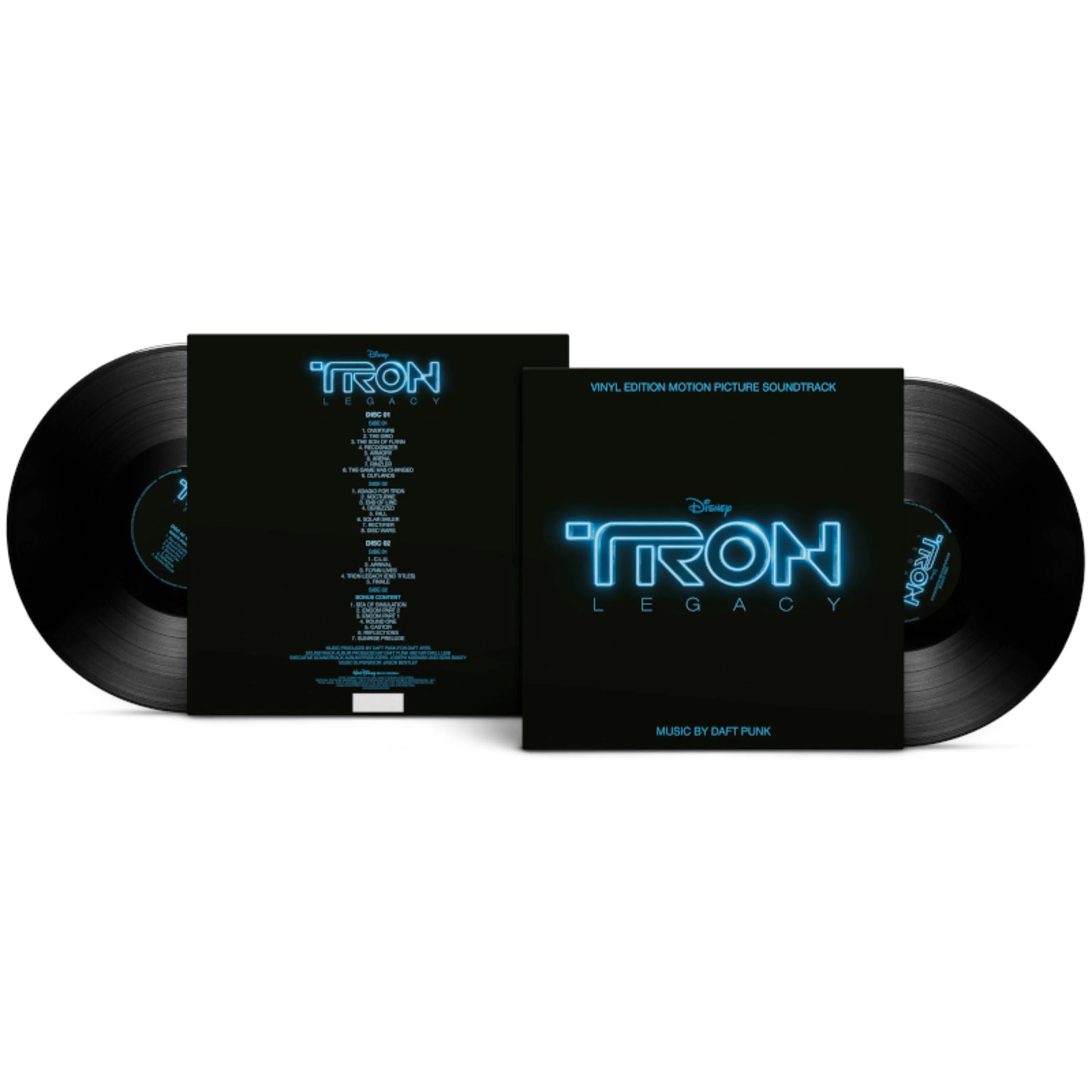

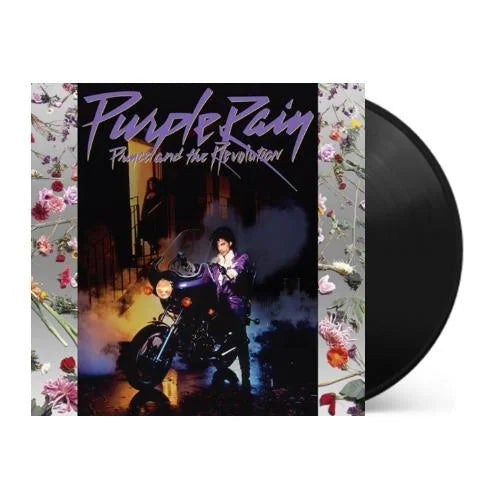

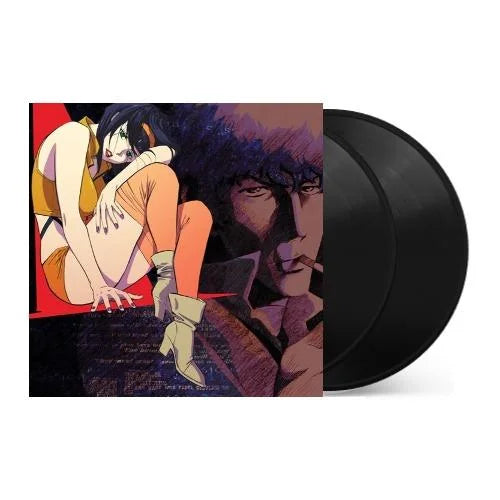
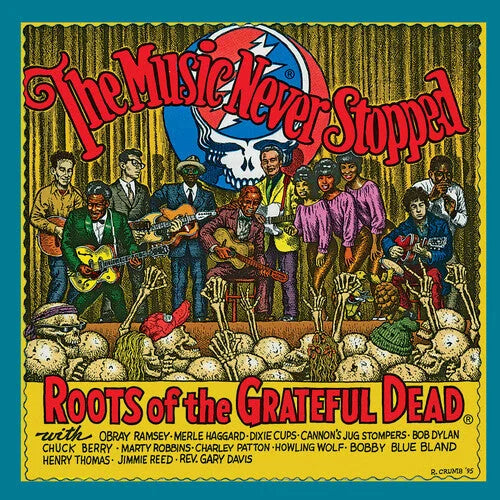
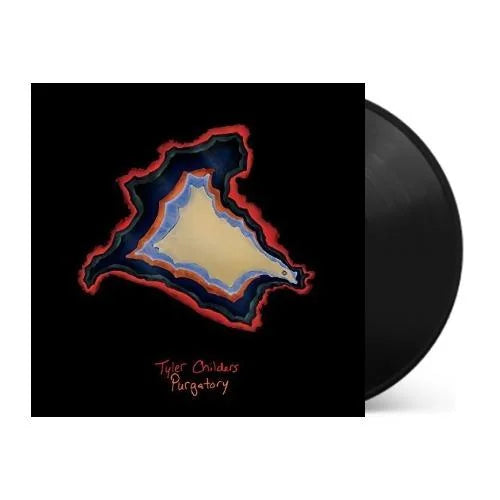

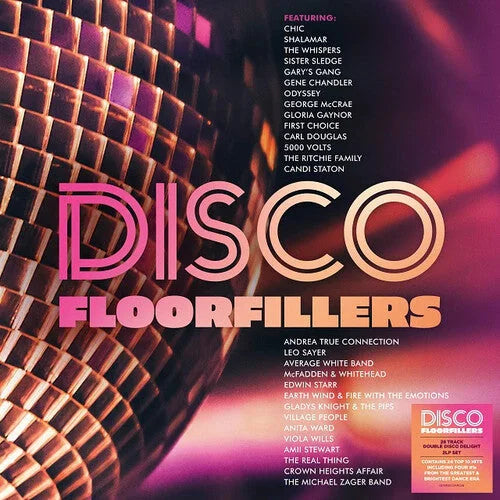


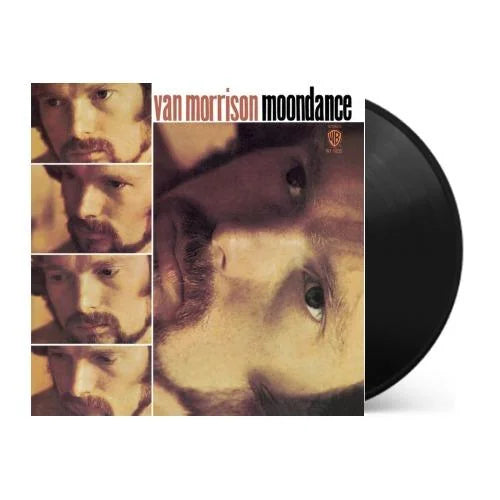
![Miles Davis - Kind of Blue [180-gram]](http://vinyl.com/cdn/shop/files/Y4LPMD03.webp?v=1742198237&width=5760)
